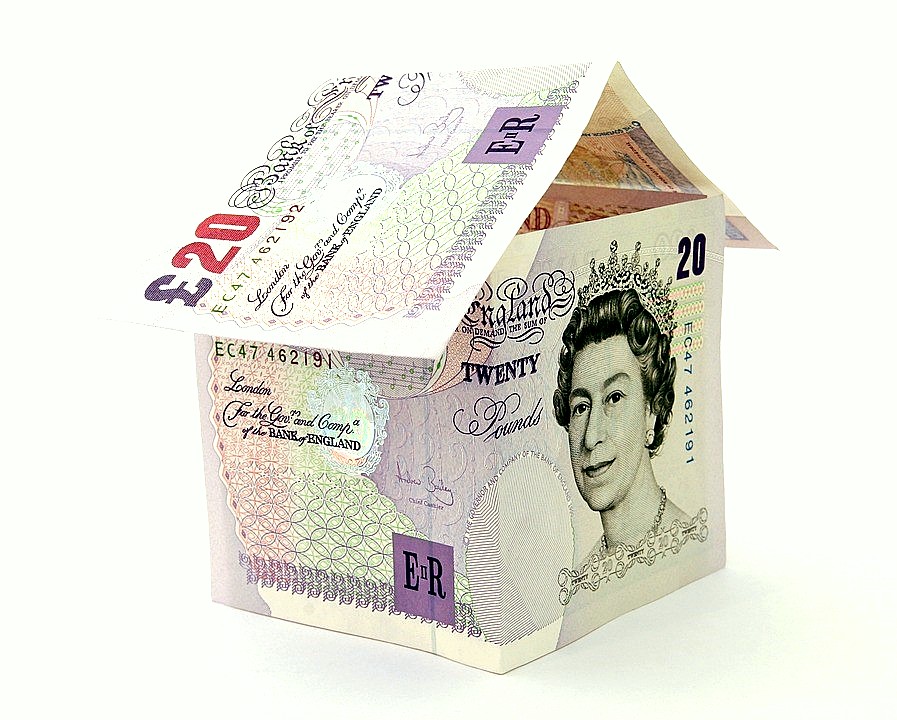The Budget 2016 has now been and gone, but there are a number of big changes that will be coming in the next few months as a result. Stamp duty is being transformed for both residential and commercial property purchases. Let’s find out what that will mean for investors.
 How is Residential Stamp Duty Changing?
How is Residential Stamp Duty Changing?
With interest rates at an all-time low, investing in residential property has been extremely popular over the last few years, but could the repercussions of the Summer Budget hamper this?
As of April 1st 2016, all purchases of buy-to-let or second homes in England or Wales will incur a stamp duty charge that is 3% higher than before. This will mean that the average buy-to-let property costing £184,000 will now have a £6,700 stamp duty charge, up more than £5,000 from the £1,189 that would have been charged previously.
Investors will now also have to pass checks usually taken by a typical mortgage applicant, proving that the rental income will be more than the monthly buy-to-let mortgage repayment amount and that they can afford to purchase the property.
The new stamp duty charges will apply to all property purchases, unless a landlord owns more than 15 properties. This will mean much higher purchasing costs for investors, which may result in some investing elsewhere.
However, if you are still considering investing in residential property, you should also know that mortgage interest reliefs are being cut and the wear and tear tax will be replaced by a new system in 2017. Plus, as of February 1st 2016, landlords can now run ‘Right to Rent’ checks on all possible tenants.
The Treasury has also confirmed that when it comes time for landlords to sell their buy-to-let properties, the initial purchase costs can be offset against capital gains tax (CGT), making the process much more affordable in the long run.
How is Commercial Property Stamp Duty Altering?
In the Budget 2016 held on the 16th March, there were big changes announced for commercial property investors too.
There will be a big tax cut for small firms and commercial property investors. The commercial stamp duty process will be reformed so that it works in a similar way to the recent residential brackets system. Commercial stamp duty will be charged on the value above the nearest tax band, so the following rates will be charged:
Under £150,000 – 0%
£150,001 to £250,000 – 2%
Above £250,000 – 5%
“These reforms raise £500m a year. And while 9 per cent will pay more; over 90 per cent will see their tax bills cut or stay the same.” Said George Osborne, Chancellor of the Exchequer.
“So, if you buy a pub in the Midlands worth, say, £270,000, you would today pay over £8,000 in stamp duty. From tomorrow you will pay just £3,000.
“It’s a big tax cut for small firms. All in a Budget that backs small business.”
What Will This Mean for Financial Investors?
With higher residential stamp duty rates and lower charges on commercial purchases there is likely to be some movement towards investment in business premises rather than traditional buy-to-lets.
However, for those who prefer to still purchase residential property, the increased charges are likely to be reflected in rental costs, with monthly fees charged from tenants most likely increasing considerably to recoup initial costs. How large the impact of the budget will be is yet to be seen, so watch this space.
Pure Commercial Finance is an independent financial brokers firm which specialises in commercial finance. So, if the Budget 2016 announcement has encouraged you to invest in commercial property, call Pure Commercial Finance on 02920 676727 to learn more today.
You must log in to post a comment.